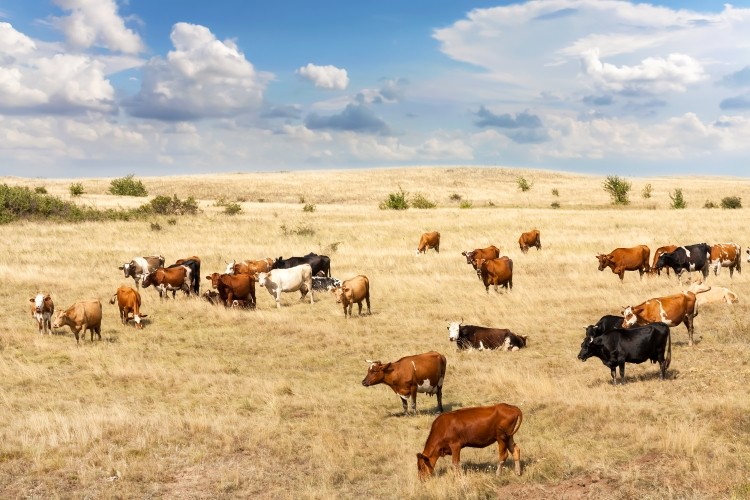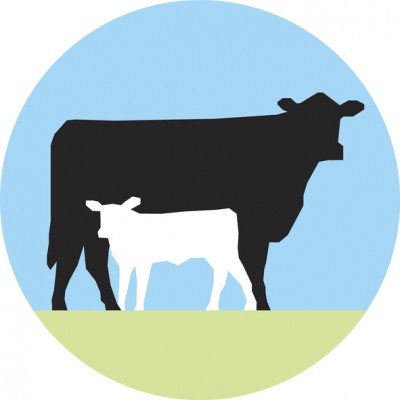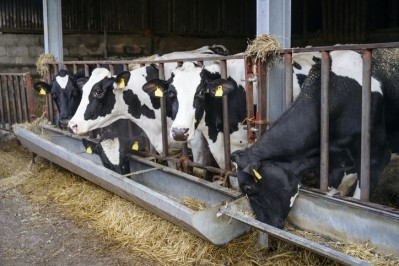No grass? Switch to straw-based rations to preserve forage

Hot and dry weather has affected agriculture globally this summer, with dairy farmers resorting to winter forage to tackle feed shortages and the high prices of feed.
But there’s another way to feed younger cows or those who are not currently lactating without adversely affecting their health.
According to Mole Valley Farmers’ senior nutritionist Dr Robin Hawkey, straw and whole crop are good forage replacers when supplemented with the right protein level.
They can offer a cost-effective solution, with straw prices remaining relatively low following a good grain harvest.
“It’s essential to ensure the short-term challenges now don’t cause long-term issues in your herd,” he said.
“If you don’t feed your dry cows adequately, this is particularly bad news, as when a dry cow starts to lose weight, they can go into a negative energy balance. In a close-up dry cow, this could predispose her to metabolic diseases when she calves.”
The doctor says that farmers should still prioritize silage for the milking herd, but feed the remaining stock with a mix of straw and wholecrop-based ration.
How diet impacts growth
Feeding an inadequate diet to heifers could limit growth rates, affect fertility and the overall productivity of the herd, so a balanced diet is needed.
“Straw-based rations need to be carefully balanced in terms of protein, specifically rumen degradable protein, often supplied by compounds and blends including rapeseed and feed grade urea,” Dr Hawkeys explained. Molasses-based products also contain urea as well as sugar to boost energy, he said.
“Adequate mineral and vitamin provision needs to be considered,” the doctor continued. “In particular, checking straw for its mineral content will be crucial for dry cow diets and biotin is recommended for heifers.”
Farmers who cannot mix a total mixed ration can feed straw by letting molasses soak into the bale fed in a ring feeder, he advised.
Mole Valley recently conducted research in association with Nottingham University to see just how a balanced diet affects cow growth.
The study, which was used to inform one of the company’s high-protein feed products, showed that feeding young heifers high levels of digestible, undegradable protein – so-called DUP – can significantly increase growth rates and hip height, while reducing rearing feed costs.
During the trial, 76 dairy heifers were offered one of two diets from 12 months of age for 84 days, or around three months. The base diet was an equal-parts mix of grass and maize silage, which was fed at 2.5kg per head per day, with the make-up changed to include either a lower DUP concentration or a higher DUP concentration.
The high DUP diet - which included prairie meal, protected soya, wheat and sugar beet - supplied higher levels of metabolizable protein and over double the amount of DUP than the low diet.
As the trial concluded, cows fed the higher DUP diet had grown at 1.21kg per head per day on average, while cows on the low DUP diet only grew at 1.01kg on average per head per day.
In light of this, the company developed a high DUP, 24% protein feed, Lifetime Heifer 24.
Dr Hawkey concluded: “It’s important that silage stocks are measured at an early stage, as relatively small actions taken now can have a big impact over the next winter.
“With increasing milk prices, farmers must not lose this opportunity to maintain output, but it’s vital not to compromise dry cows and heifers by not feeding them adequately.”








